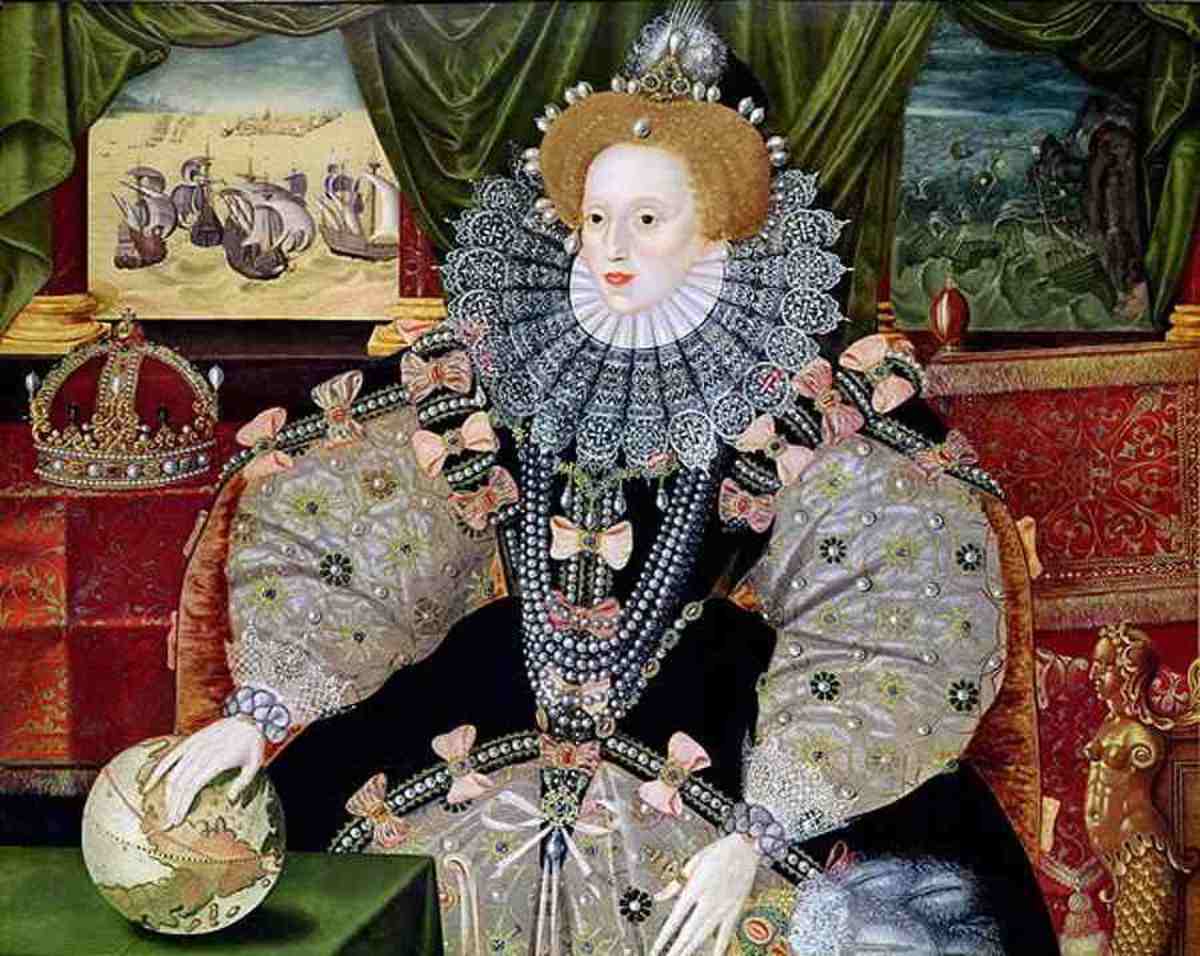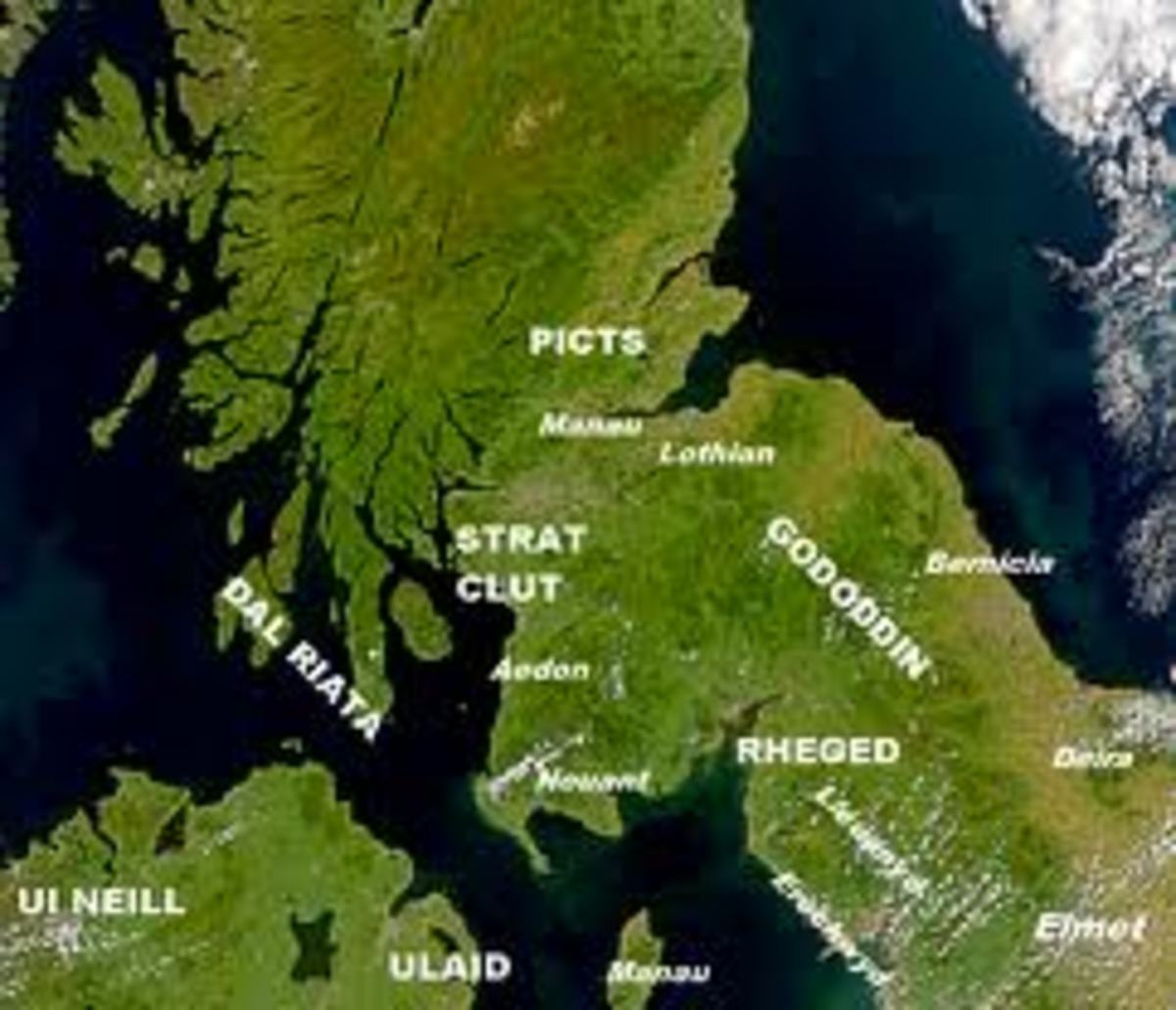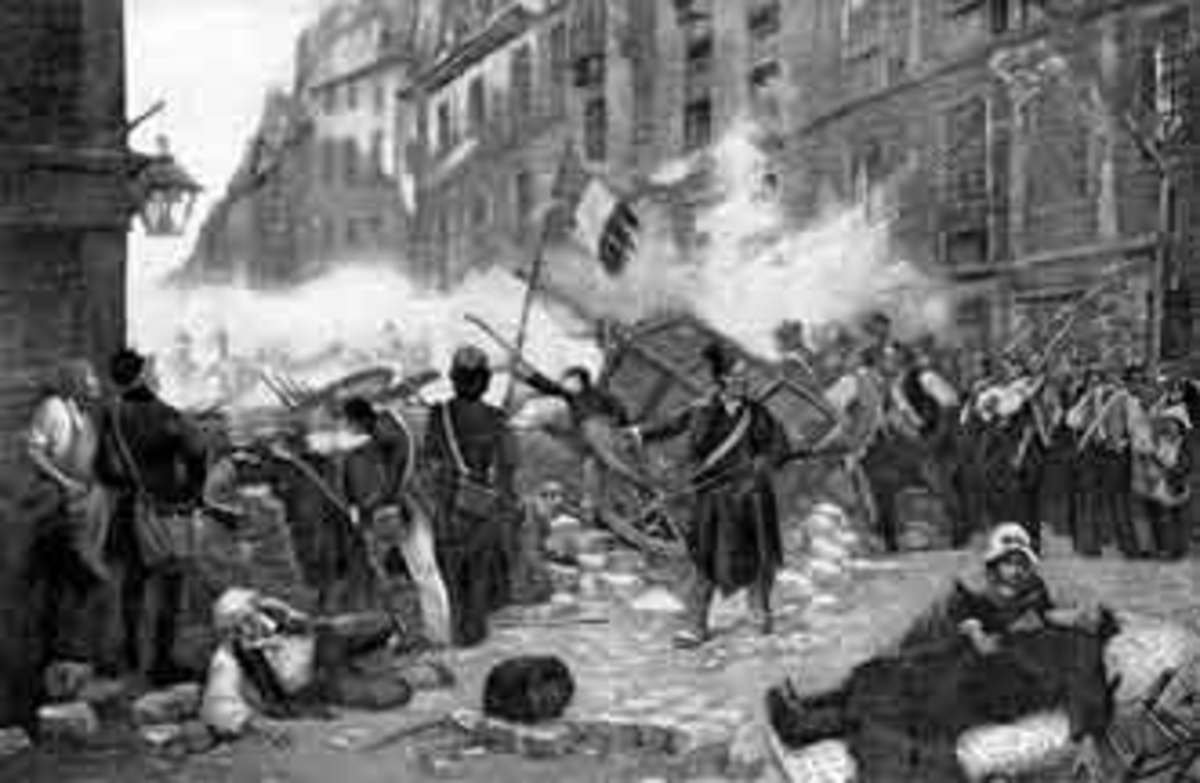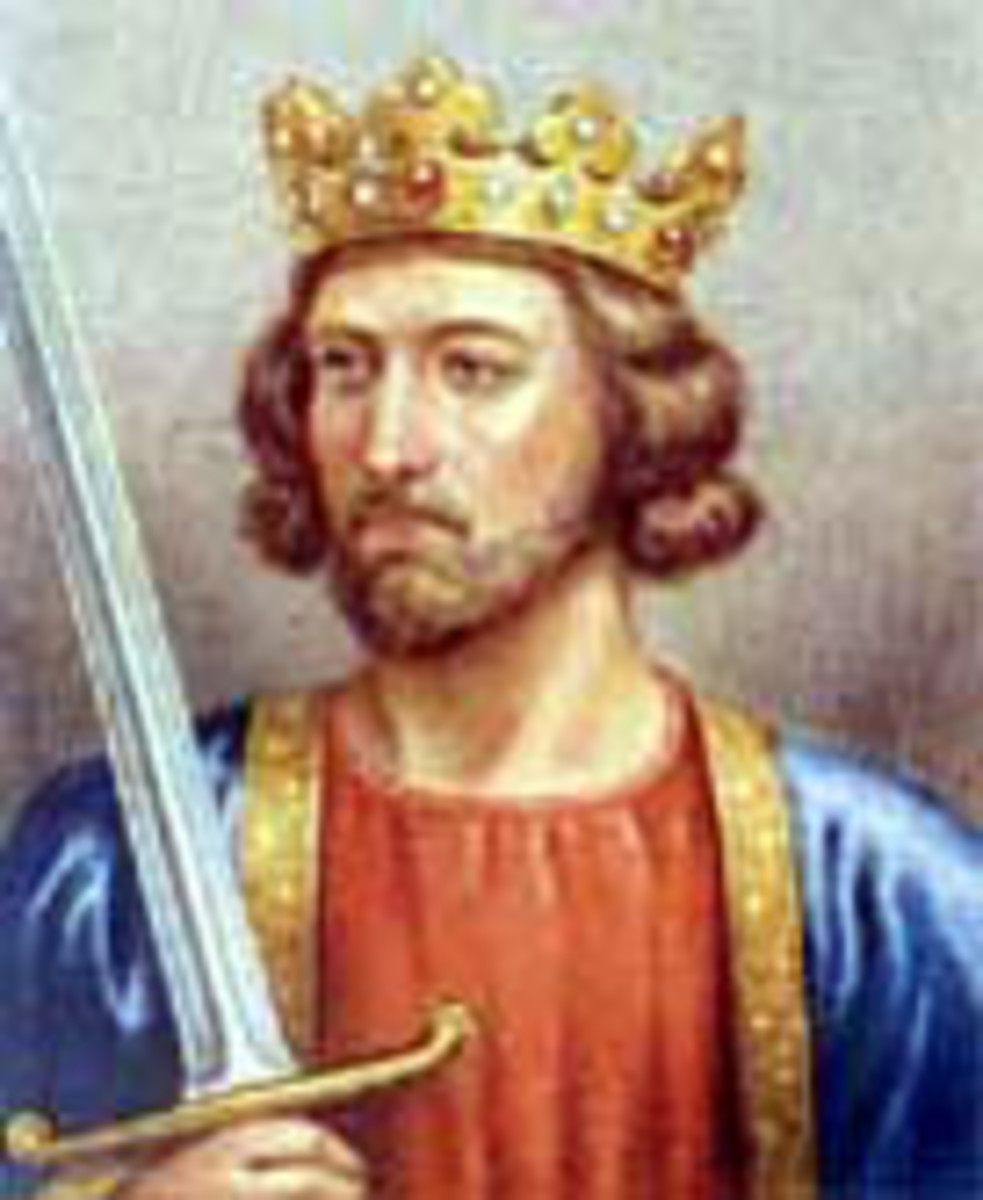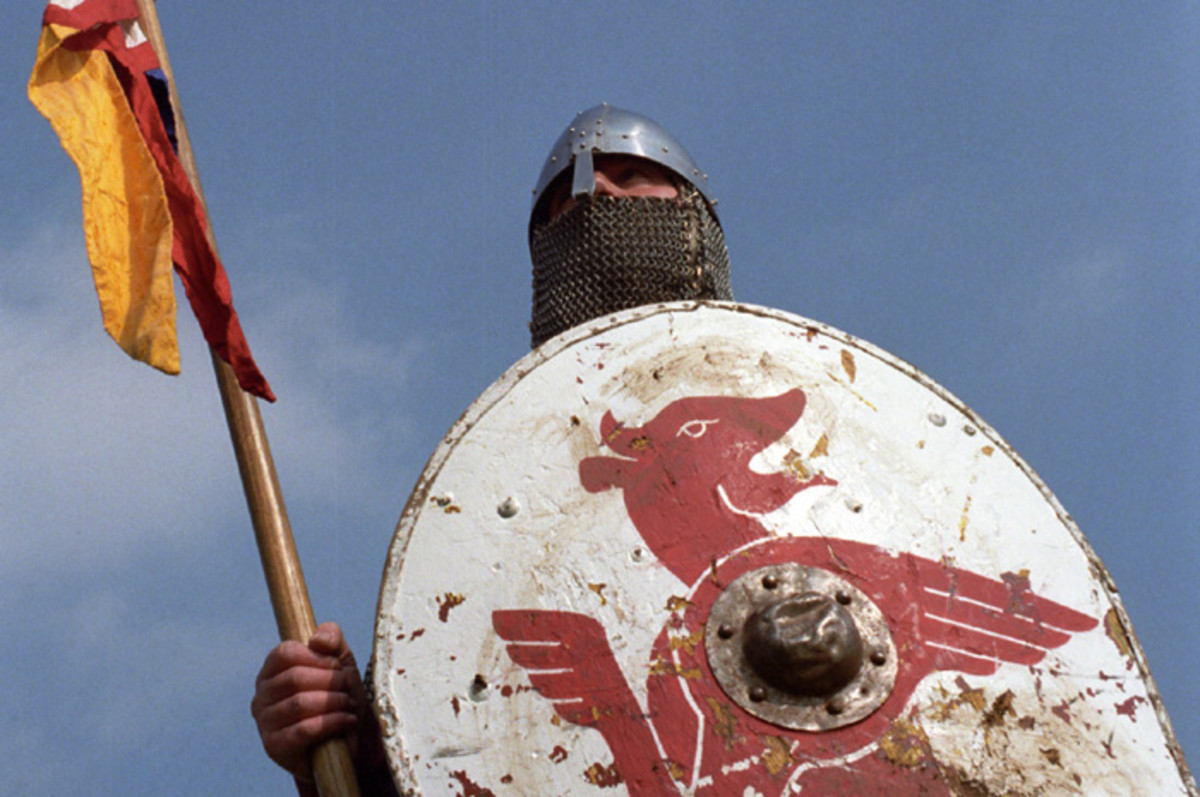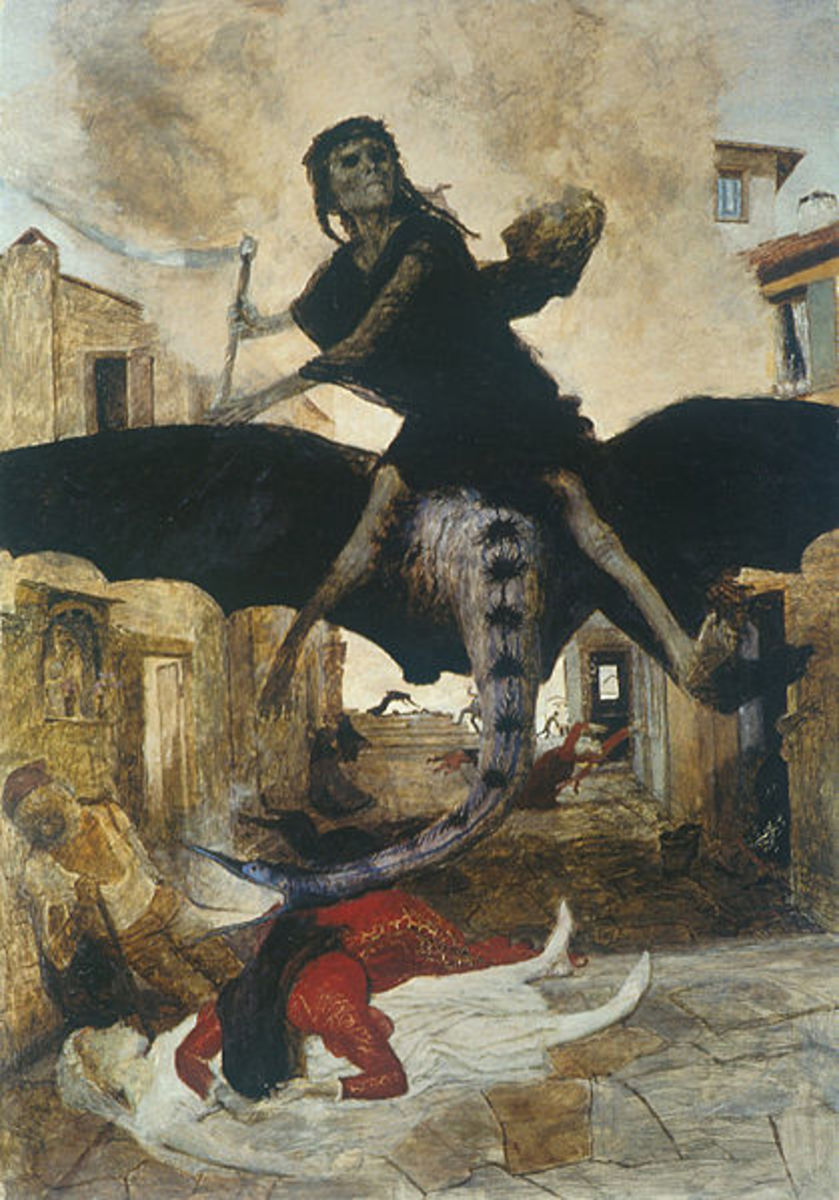- HubPages»
- Education and Science»
- History & Archaeology»
- History of Europe
Edward I, King of England (1272 - 1307 )
The succession
In 1272 Edward was in Sicily returning from a crusade when he was told that his father had died and that he had been proclaimed King in his absence,.
Edward took a leisurely trip home, calling in at Paris to pay homage to the King of France in respect of his lands in Gascony and then wintering in the Warner climate of Gascony.

The Royal Enquiry
In October 1274, just after Edward had finally returned to England, he instituted an enquiry into officials, both royal and baronial. These investigations showed a number if grievances which led the King, headed by his chancellor Robert Burnell to issue new laws on many subjects. ,Many of the laws passed were as much to strengthen the King's position as to increase the liberties of his subjects.
Attack against Wales
Edward instigated military action against Wales. The success of 1277 and the imposition of a peace treaty on the Welsh led to discontent which boiled over in 1282/3 with rebellion and war. The welsh leaders LLywelyn and Dafydd were killed (Llywelyn) and captured (Dafydd). Dafydd was put on trial and executed this becoming the first man to be executed for rebellion since 1076.
The English territories in the North and West of Wales were thus expanded and in 1301 the King's eldest son, became the Prince of Wales. (Prince Charles, the Queen's son, is the current Prince of Wales). Edwards battle plans targeted towards the lords in the Welsh marches (the border lands) and they moved to his sovereignty as did the Welsh church.
Scotland
Having obtained sovereignty over Wales, King Edward looked towards Scotland. Unlike Wales, Scotland was a monarchy and Edward took advantage of any opportunities to gain land in Scotland. In 1286 the Scottish King, Alexander III died and four years later so did his heiress. A group of nobles met to select a new King. These "Scottish Guardians" asked King Edward to settle the Scottish succession. In what was later called the "Great cause" Edward took advantage of the Scots and had himself recognised as "Lord Superior" of Scotland. Thus began a series of actions by the Scots who saw themselves as politically independent. These actions that started under William Wallace and continued with Robert the Bruce were to continue into the sixteenth century to a more or lesser degree.
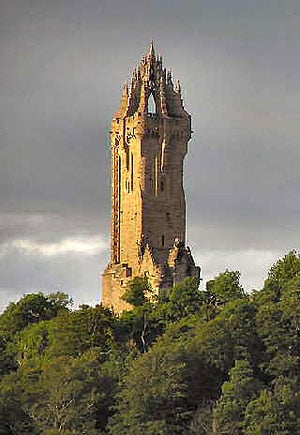
Relationship with the Church
King Edward's relationships with the church were generally not a source of friction. Edward was a devout man, who had fought in the crusades and was loyal and comfortable with both churchmen and church systems. However, he did believe that the King was the patron of and protector of the clergy and a chronic shortage of money coloured his attitude to the church and his dealings with it. Towards the end of Edward's reign plans appeared to be coming unravelled.
In 1297 the Archbishop of Canterbury was Robert Winchelsea, a man who tried to serve not only the King, but also the pope. At this time Edward was even deeper in debt; fighting in France, Flanders, Scotland, Gascony and Wales. Parliament had refused to sanction any more money for these actions and Edward demanded a subsidy from the clergy of one fifth (one fifth /20 per cent of all their income and assets). In 1296 the pope had issued his bull (notice) Clericis Larcos which forbade Kings' to tax the clergy on fear of excommunication. Archbishop Winchelsea refused to pay, the state seized the wealth and Winchelsea threatened excommunication. It was only the interference of the pope who decided that taxes could be levied in emergencies that prevented the King being excommunicated by the Archbishop of Canterbury. Shortly after this he started to receive disapproval from his magnates. The church held the King to ransom until he restricted his rights in the forests further restricting his income.
Last year
King Edward I became harsher as he aged, arguing with his son and heir. Towards his death he is described as arguing with his son and pulling his hair out, continuing until he exhausted himself, then he drove the boy away. Edward I died at the helm of business leaving his son a country whose finances were in hopeless confusion.
Edward's dealings with the Jews
- King Edward I, King of England and - InfoBarrel
King Edward I, King of England (1272-1307) was responsible for the death of some and the expulsion of the majority of the Jewish population in England.


